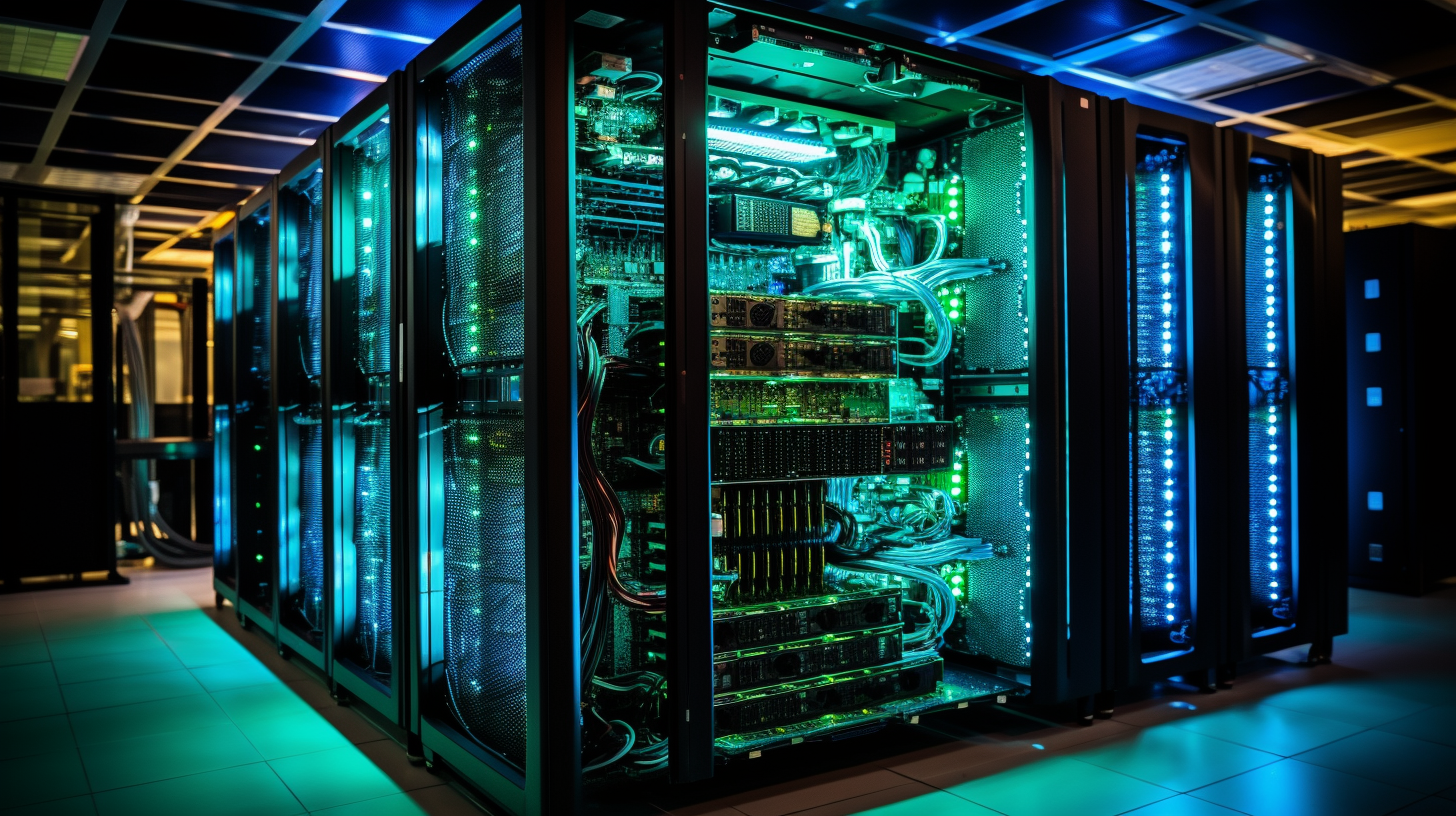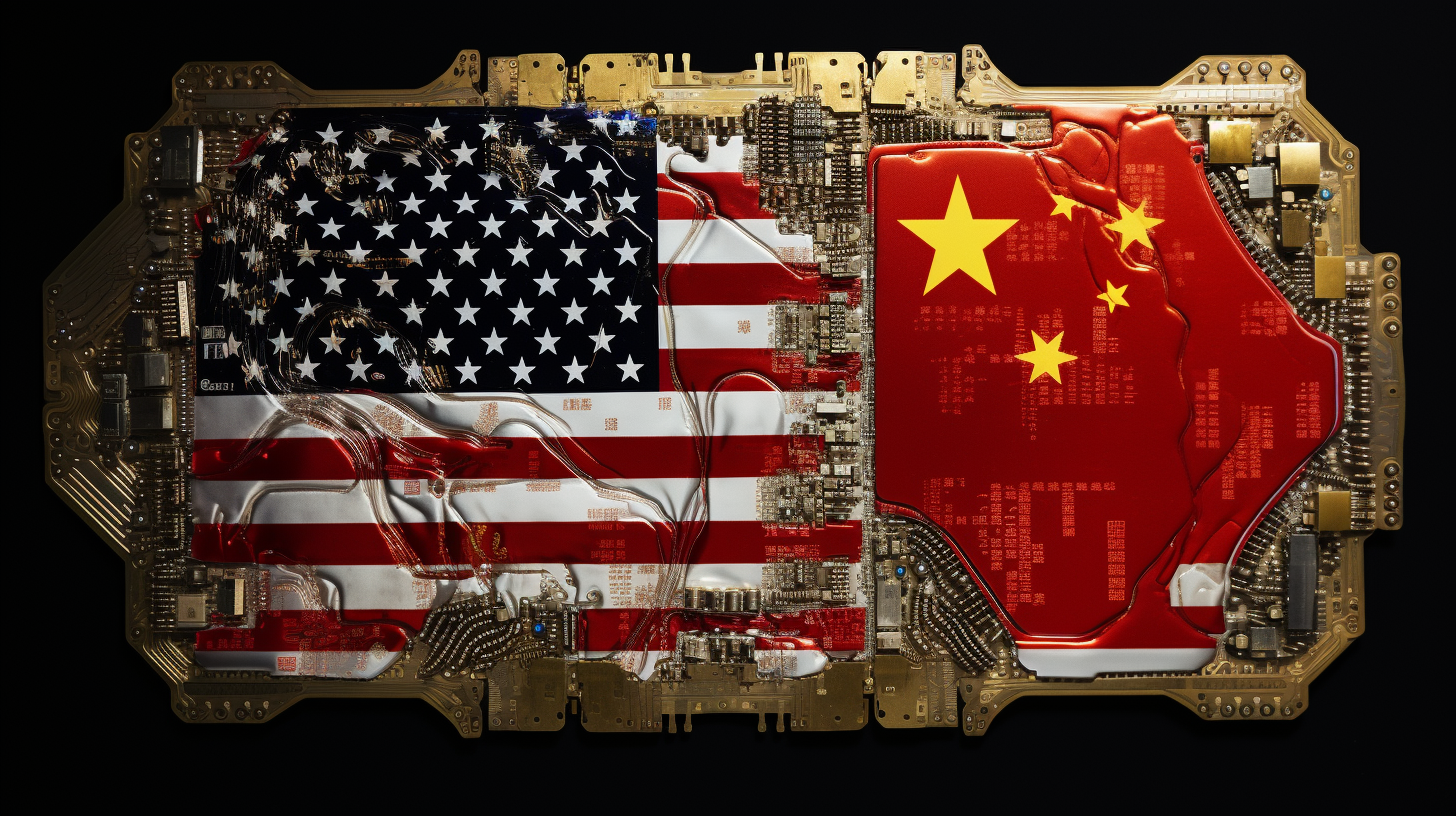Chipmaker Nvidia (NVDA) is slated to report fiscal third quarter financial results after Tuesday’s closing bell, with major implications for tech stocks as investors parse the numbers for clues about the artificial intelligence boom.
Heading into the print, Nvidia shares closed at an all-time record high of $504.09 on Monday, capping a momentous run over the last year. Bolstered by explosive growth in data center revenue tied to AI applications, the stock has doubled since November 2022.
Now, Wall Street awaits Nvidia’s latest earnings and guidance with bated breath, eager to gauge the pace of expansion in the company’s most promising segments serving AI needs.
Consensus estimates call for dramatic sales and profit surges versus last year’s third quarter results. But in 2022, Nvidia has made beating expectations look easy.
This time, another strong showing could validate nosebleed valuations across tech stocks and reinforce the bid under mega-cap names like Microsoft and Alphabet that have ridden AI fervor to their own historic highs this month.
By contrast, any signs of weakness threatening Nvidia’s narrative as an AI juggernaut could prompt the momentum-driven sector to stumble. An upside surprise remains the base case for most analysts. But with tech trading at elevated multiples, the stakes are undoubtedly high heading into Tuesday’s report.
AI Arms Race Boosting Data Center Sales
Nvidia’s data center segment, which produces graphics chips for AI computing and data analytics, has turbocharged overall company growth in recent quarters. Third quarter data center revenue is expected to eclipse $12.8 billion, up 235% year-over-year.
Strength is being driven by demand from hyperscale customers like Amazon Web Services, Microsoft Azure, and Alphabet Cloud racing to build out AI-optimized infrastructure. The intense competition has fueled a powerful upgrade cycle benefiting Nvidia.
Now, hopes are high that Nvidia’s next-generation H100 processor, unveiled in late 2021 and ramping production through 2024, will drive another leg higher for data center sales.
Management’s commentary around H100 adoption and trajectory will help investors gauge expectations moving forward. An increase to the long-term target for overall company revenue, last quantified between $50 billion and $60 billion, could also catalyze more upside.
What’s Next for Gaming and Auto?
Beyond data center, Nvidia’s gaming segment remains closely monitored after a pandemic-era boom went bust in 2022 amid fading consumer demand. The crypto mining crash also slammed graphics card orders.
Gaming revenue is expected to grow 73% annually in the quarter to $2.7 billion, signaling a possible bottom but well below 2021’s peak near $3.5 billion. Investors will watch for reassurance that the inventory correction is complete and gaming sales have stabilized.
Meanwhile, Nvidia’s exposure to AI extends across emerging autonomous driving initiatives in the auto sector. Design wins and partnerships with electric vehicle makers could open another massive opportunity. Updates on traction here have the potential to pique further interest.
Evercore ISI analyst Julian Emanuel summed up the situation: “It’s still NVDA’s world when it comes to [fourth quarter] reports – we’ll all just be living in it.”
In other words, Nvidia remains the pace-setter steering tech sector sentiment to kick off 2024. And while AI adoption appears inevitable in the long run, the market remains keenly sensitive to indications that roadmap is progressing as quickly as hoped.


